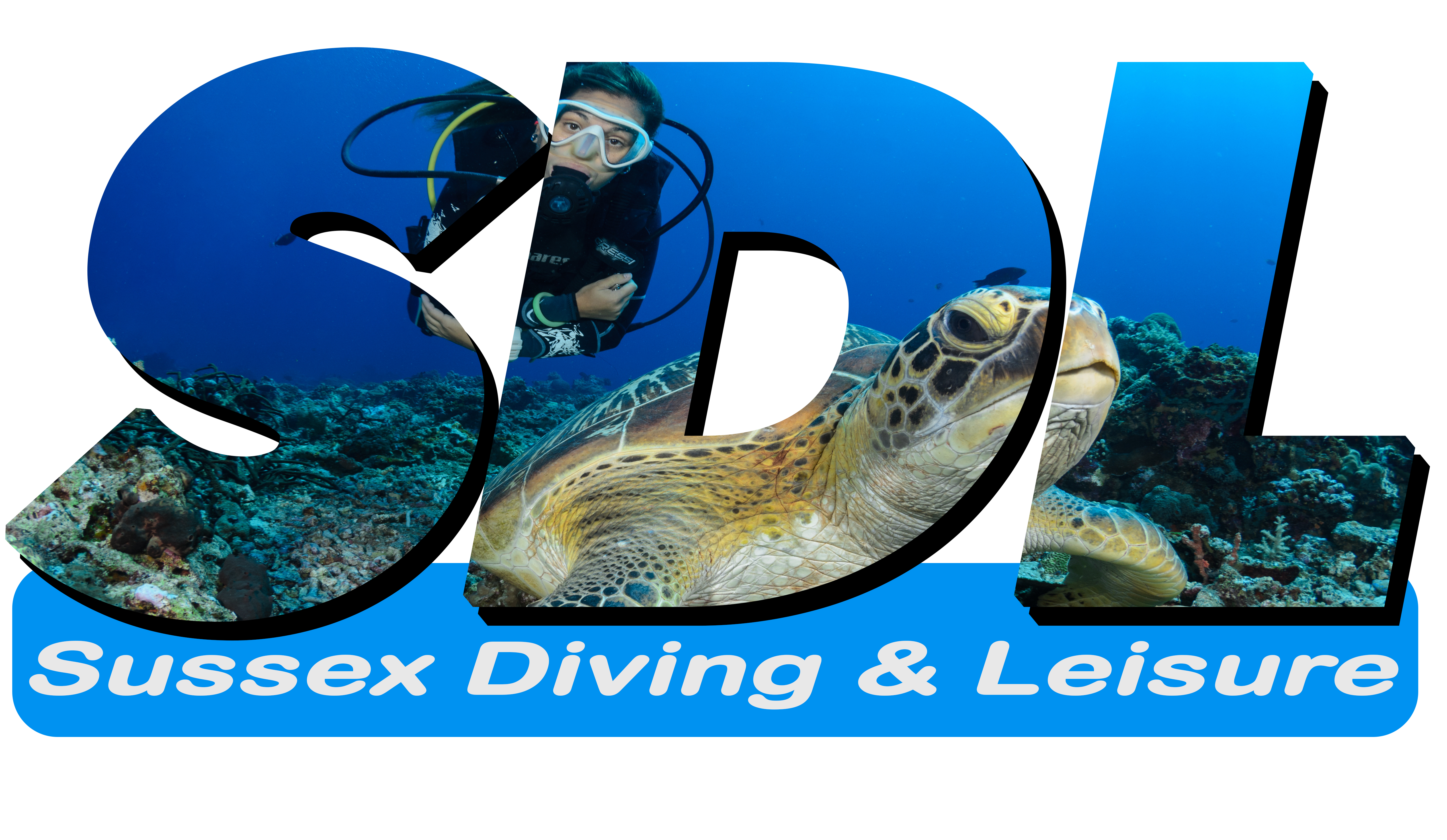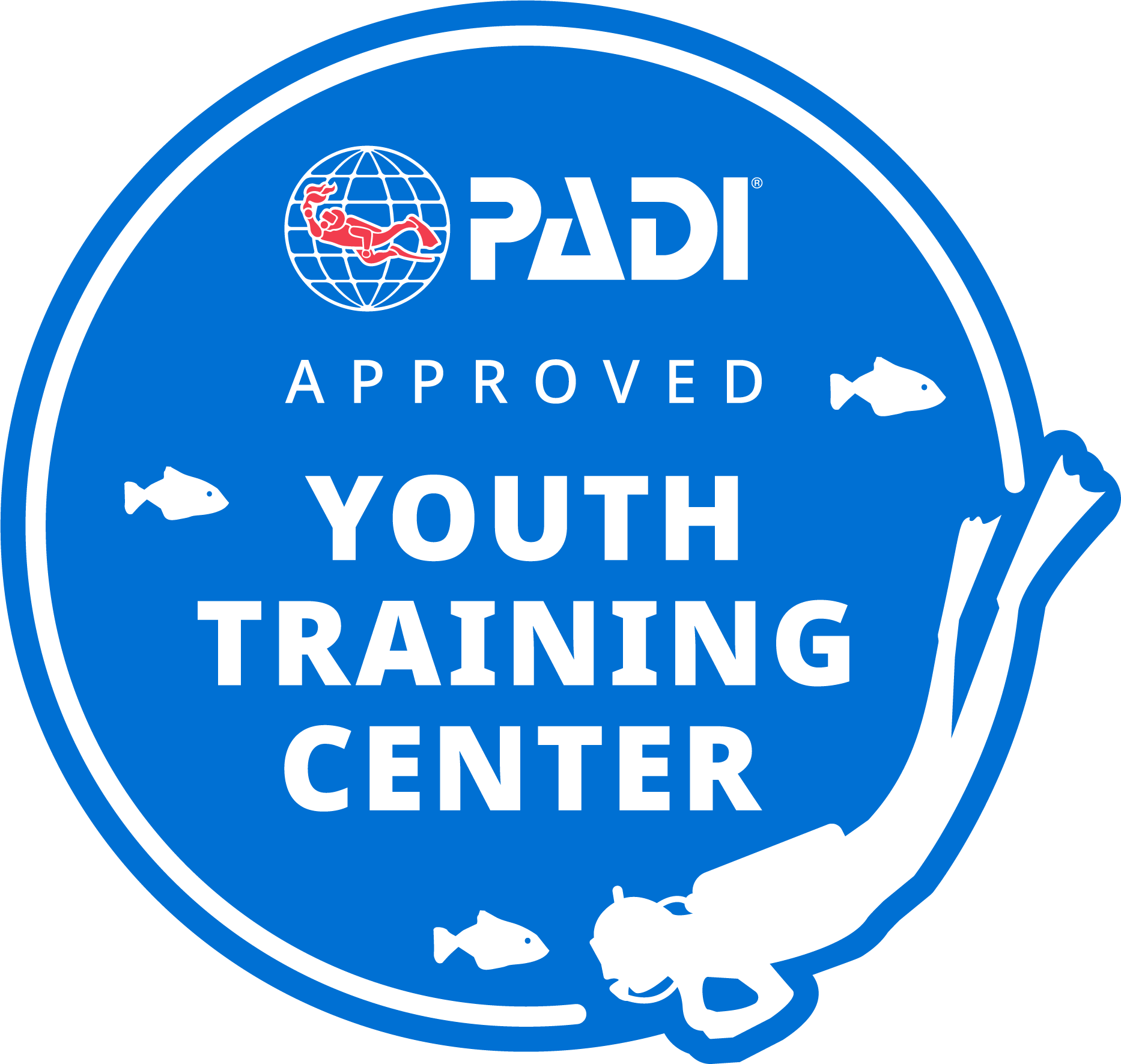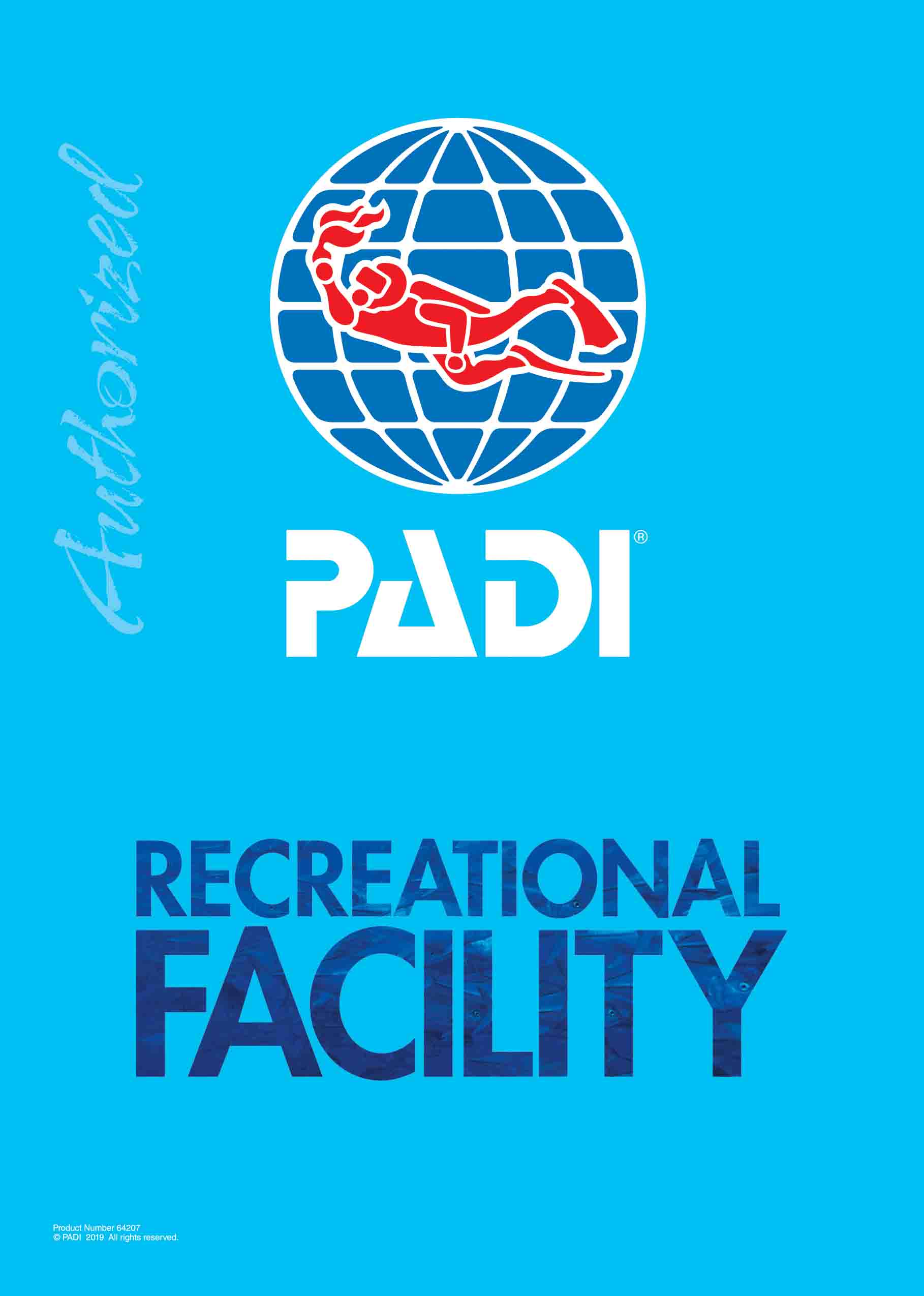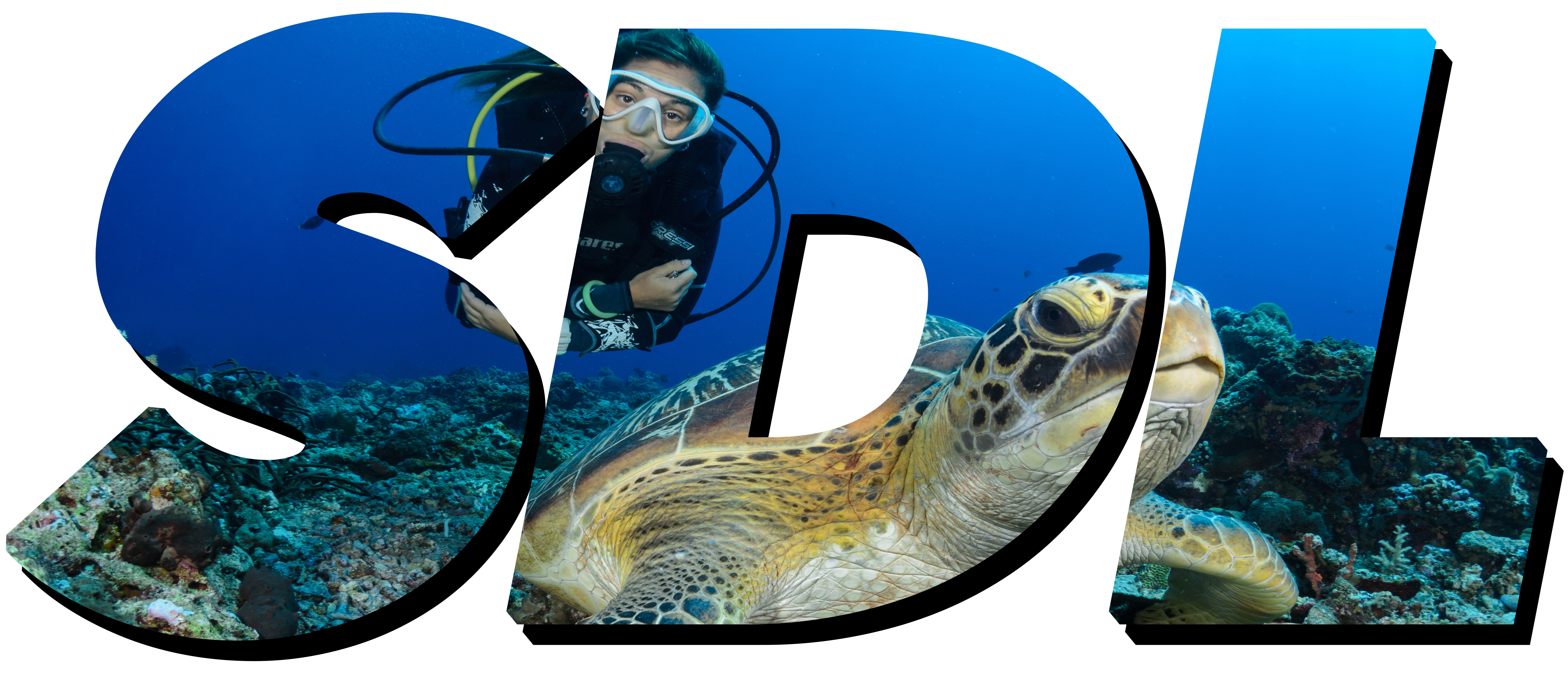Sussex Diving & Leisure Blog
The go-to place for Scuba Diving Information.

Tel. 01243 202200
Email. info@sussexdiver.com
Web. www.sussexdiver.com
BCL Services Ltd t/a
Sussex Diving & Leisure
Callers by Appointment Only:-
51, Wellington Gardens,
Selsey,
West Sussex,
PO20 0RF


